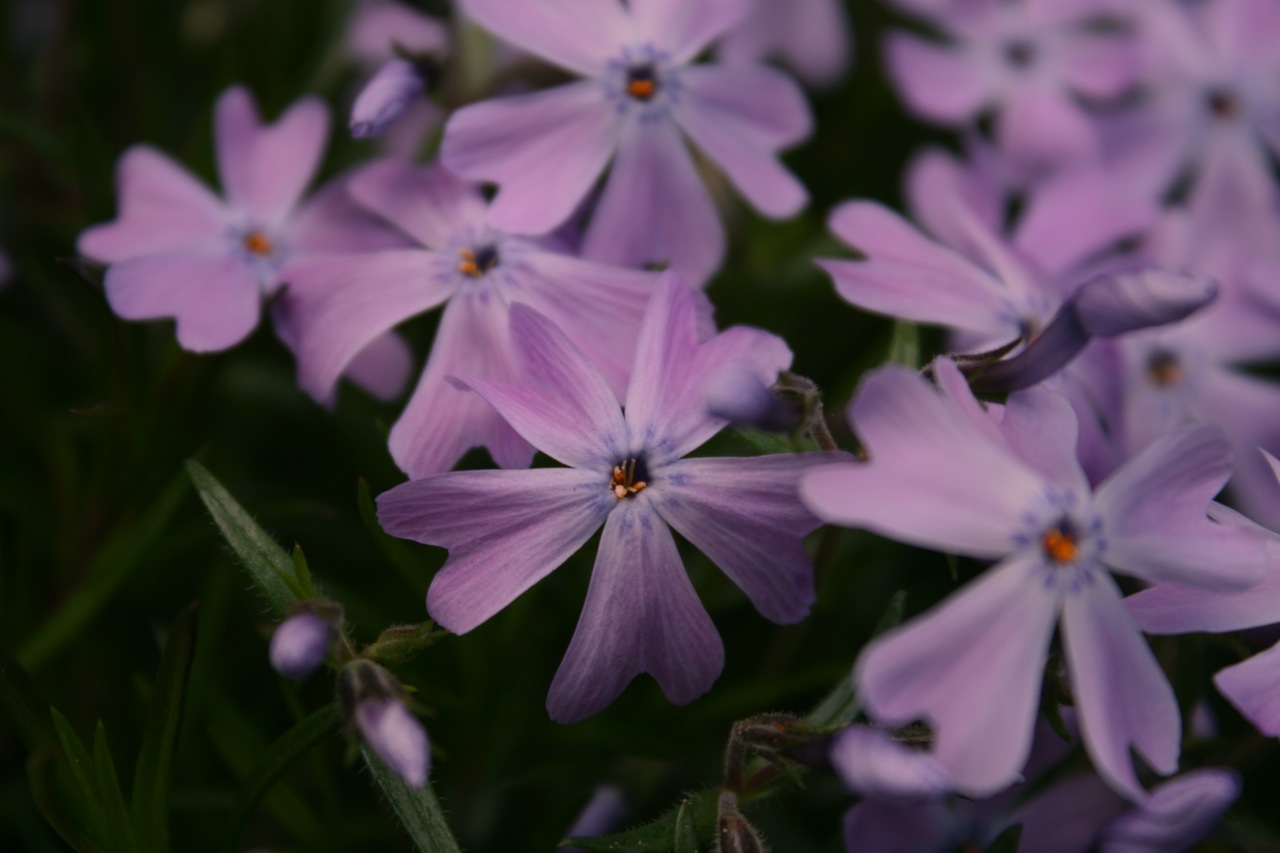Return To Blog
Use Native Plants to Save Money, Water and Work in Your Denver Home Landscape
June 1, 2016
Landscaping with native plants requires less effort and a better use of resources. If you are interested in saving money, water, time, and work, you will want to consider using native Colorado plants. Native plants use less water, are more resistant to disease and predators, and require no special care. Colorado natives are adapted to the short growing season, dry climate, intense sunlight and variable temperatures here in Denver. At Water Solutions, we can help you design your Denver landscape partly or entirely around endemic plant species so that you can reap the many benefits of native plantings.
Colorado has various climate areas, including plains, mountainous regions and semi-desert regions. Colorado has a wide variety of native plants due to the variations in elevation, temperature extremes and soil conditions. Native Colorado plants are those that naturally grew in the state before European immigrants settled in the area.
Eastern pasque flowers (Pulsatilla patens), also called sandflowers and windflowers, are perennial plants hardy to elevations of about 9,000 feet. The nodding onion (Allium cernuum) is a bulb plant native to the state of Colorado. A member of the lily family (Liliaceae), it prefers sandy loams occurring at elevations of about 10,000 feet.
Colorado has various climate areas, including plains, mountainous regions and semi-desert regions. Colorado has a wide variety of native plants due to the variations in elevation, temperature extremes and soil conditions. Native Colorado plants are those that naturally grew in the state before European immigrants settled in the area.
Flowers
Colorado is known for spectacular wildflowers, and native flowers will bloom all summer long. You can transfer some of that wild beauty to your home by planting Colorado wildflower species. Plants such as Rocky Mountain Penstemon (Penstemon strictus), Blue Flax (Adenolinum lewisii) and Silvery Lupine (Lupinus argentius) thrive in dry, sunny locations, while Colorado Columbine (aquilegia caerulea) and Firewood (Epilobium angustifolium) add color to shadier locations.ÂEastern pasque flowers (Pulsatilla patens), also called sandflowers and windflowers, are perennial plants hardy to elevations of about 9,000 feet. The nodding onion (Allium cernuum) is a bulb plant native to the state of Colorado. A member of the lily family (Liliaceae), it prefers sandy loams occurring at elevations of about 10,000 feet.
Native Grasses
Native grasses add graceful form and color to your landscape, even though most folks don't think of grass as a garden plant. Big Bluestem (Andropogon gerardii) produces tall, graceful plumes that turn reddish orange in the fall, while Western Wheatgrass (Agropyron smithii) has tall, blue-grey fronds that flourish in a variety of conditions.
Fruiting and Flowering Shrubs
You can attract a variety of birds, butterflies, and wildlife by planting native flowering and fruiting shrubs. Most of these shrubs produce showy flowers in spring, followed by tasty fruit in the summer – tasty to wildlife that is. Most of the fruit isn't attractive to people, but birds and other wildlife will take advantage. Favorites include Wild Raspberry (Oreobotus deliciosus), Golden Currant (Rebes aureum), and Oregon-grape (Mahonia repens). Wild roses (Rosa woodsii) will bloom profusely in sunny locations, is resistant to wildlife depredations, and will return even after the coldest winters – unlike their domesticated cousins.Â
Â
Â
If you're overwhelmed with options when it comes to landscaping in Denver, call the experienced staff at Water Solutions Sprinkler Services, because not only do we install landscaping, but we have a staff who can help you with sprinkler repair, or even sprinkler installation as well. Call us today at (720) 435-1495for your free estimate.
